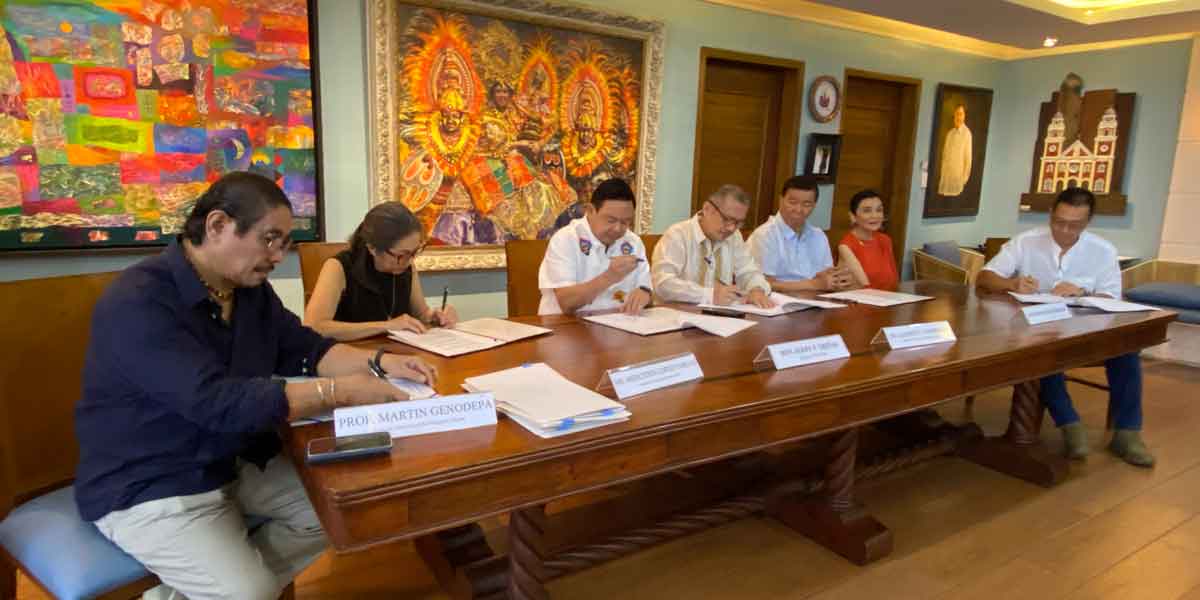 By Dr. Rex Casiple
By Dr. Rex Casiple
The National Greening Program (NGP) of the government was implemented in the country pursuant to Executive Order No. 23 and Executive Order No. 26 both series of 2011 mandating the Department of Agriculture, Department of Agrarian Reform and Department of Environment and Natural Resources (DA-DAR-DENR) convergence initiative to develop the greening program. This was in coordination with the Department of Education (DepEd), Commission on Higher Education (CHED), Department of Social Welfare and Development (DSWD), Department of Budget and Management (DBM), private sectors and other concerned agencies and institutions. This forest rehabilitation program aimed to plant 1.5 billion trees on 1.5 million hectares of forest lands nationwide from 2011 to 2016. Hence according to the United Nation’s Food and Agriculture Organization (FAO), the Philippines has significantly increased its forest area from 2010 to 2015. The NGP was implemented after a series of strong typhoons struck the country, such as, Super typhoon Frank in June 2008 and typhoon Ondoy in September 2009.
In 2014 a ten-year-old Grade 5 pupil of Lacayon Elementary School in Bugasong, Antique and winner in the regional DSWD Search for Exemplary Pantawid Pamilya children reminded everyone “to plant trees and not to throw cellophane in surroundings” to help save the environment. This lesson left by our young pupil is commendable to remind our schools and the community of the importance of planting trees as one way of delaying climate change.
Climate change is one of the greatest silent challenges facing humanity today. It affects every country in the world especially developing countries. It has devastating effects on communities and individuals. Developing countries are vulnerable to climate change. This vulnerability is due to factors that limit their ability to prevent and respond to the impacts of climate change.
According to the World Health Organization (WHO), climate change is expected to cause 250,000 deaths per year due to malnutrition, malaria, diarrhea and heat stress in 2030. Climate change is a global phenomenon that the whole world exerts more effort to reduce its harmful effects. Canada is committed to supporting the poor and most vulnerable populations affected by climate change through billions of dollars of climate finance pledge. The fund is invested in sectors such as climate-smart agriculture, sustainable forestry, watershed management, climate resilience, among others.
Forest is an important resource of this country in our fight against climate change or global warming. Forest is home to flora and fauna. In CY 2000, the forestlands in the Philippines comprised 15.8 million hectares or 53% of the total area of the country.
Our country, the Philippines, is an agricultural country with more than one-half of Filipino people still living in rural areas with various livelihoods through agriculture. It has around 30 million hectares of land blessed with fertile soil and ideal growing weather. However, a survey on courses popular to students and in schools in Western Visayas showed that Agriculture and Forestry remained in the bottom rank of all disciplines in higher education.
There is a need therefore to conduct massive advocacy programs to attract incoming freshmen students to enroll in Agriculture or Forestry programs. There is a need to review our government efforts against climate change after series of strong typhoons that lambasted this country: the killer typhoon Gener in August 2012, super typhoon Pablo and typhoon Quinta in December 2012, the deadliest super typhoon Yolanda in November 2013,
typhoon Glenda in July 2014, super-typhoon Ompong in 2014 and in this year 2020 typhoon Ulysses. Natural disasters caused by these typhoons occurred in the country in the last twelve (12) years. We have no choice but to prepare for the greater ones in the years to come if we cannot stop climate change and repair our planet from further environmental destruction.




















